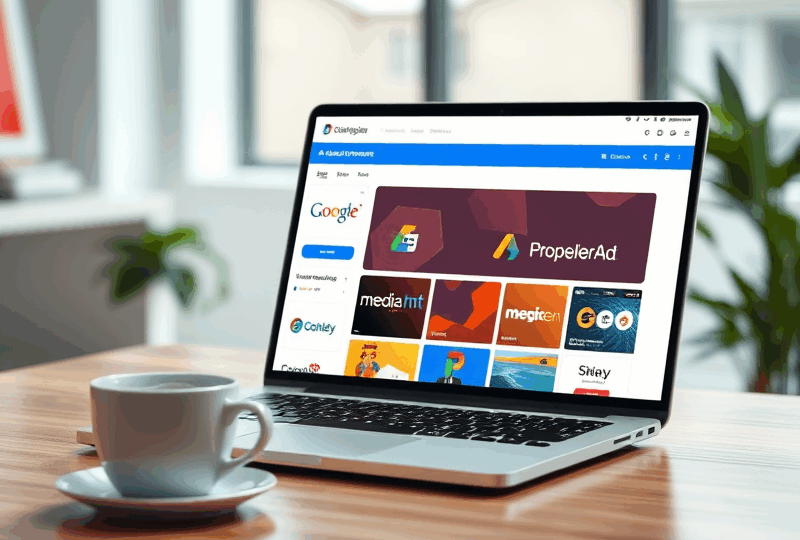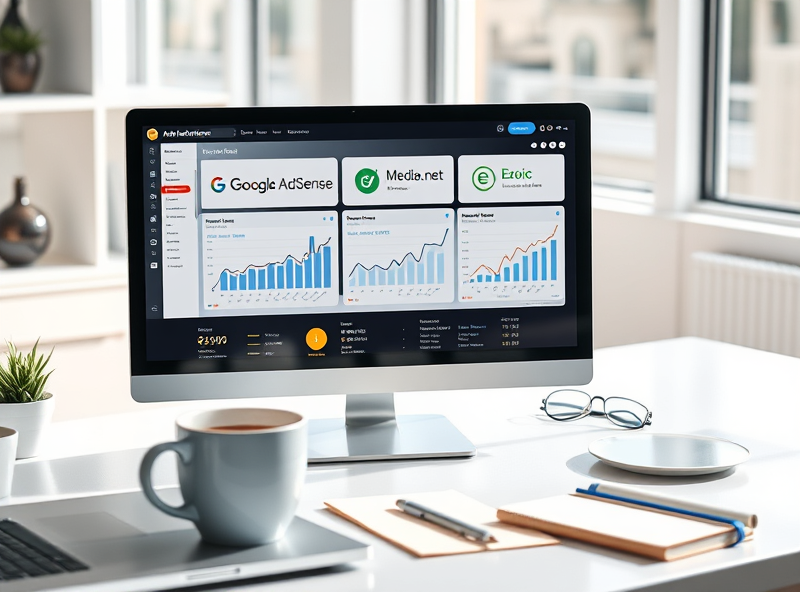
AdSense and Other Ad Networks: How to Safely Use Multiple Platforms Without Hurting Revenue

Running ads on your website is one of the most effective ways to monetize your content, and Google AdSense remains one of the most popular platforms for doing so. However, many publishers wonder if they can use other ad networks alongside AdSense without violating policies or negatively impacting their revenue. The good news is — yes, you can. But it must be done strategically and in compliance with Google’s policies. In this guide, we’ll explore how to safely use multiple ad networks in 2025 while optimizing your earnings and maintaining a high-quality user experience.
Understanding Google AdSense Policies in 2025
Google AdSense has strict policies to ensure a safe and valuable advertising ecosystem. As of 2025, AdSense allows publishers to use other ad networks, provided that the ads do not mimic Google ads or interfere with them. It’s crucial to read and understand the AdSense Program Policies, especially the sections on ad behavior, content guidelines, and competitive ad formats.
AdSense prohibits:
– Ads that are deceptive or mimic Google ads
– Pop-ups and pop-unders that interfere with navigation
– Excessive ads that degrade user experience
Before integrating any additional ad network, ensure that their ad formats and placements comply with AdSense’s policies. Violations can lead to account suspension or termination.
Choosing Compatible Ad Networks
Not all ad networks are created equal. When selecting alternative platforms to run alongside AdSense, look for networks that are known to be AdSense-friendly. Some of the most compatible ad networks in 2025 include:
– Media.net (powered by Yahoo and Bing)
– Ezoic (uses AI to optimize ad placements and is a Google Certified Publishing Partner)
– Monumetric (requires a minimum of 10,000 monthly pageviews)
– PropellerAds (for specific formats like push notifications and interstitials)
Each of these networks has its own strengths. For example, Media.net performs well with contextual ads, while Ezoic uses machine learning to optimize revenue. Be sure to test and monitor performance before fully integrating any new network.
Optimizing Ad Placement Without Overloading Your Site
One of the biggest mistakes publishers make is overcrowding their website with ads. This not only affects user experience but can also reduce your overall revenue. In 2025, Google’s Core Web Vitals and user experience metrics are more important than ever for SEO and monetization.
Best practices include:
– Limit the number of ads per page (generally no more than 3–4 visible ads)
– Avoid placing ads too close to navigation buttons or interactive elements
– Use responsive ad units that adjust to screen size
– Test different placements using A/B testing tools like Google Optimize or Ezoic’s layout tester
Remember, a clean and intuitive layout increases user engagement, which can lead to higher ad impressions and click-through rates.
Using Header Bidding and Mediation Platforms
Header bidding is a technique that allows multiple ad networks to bid on your inventory simultaneously, increasing competition and potentially boosting revenue. Platforms like Prebid.js and Google’s Open Bidding (formerly Exchange Bidding) make this possible.
In 2025, many publishers are using mediation platforms like:
– Ezoic
– AdThrive
– Mediavine
These platforms manage multiple ad partners and optimize performance using AI. They also handle compliance with AdSense policies, making it easier for publishers to focus on content creation.
Monitoring Performance and Avoiding Revenue Cannibalization
When using multiple ad networks, it’s essential to monitor performance closely. Revenue cannibalization occurs when one network’s ads reduce the effectiveness of another. To avoid this:
– Use analytics tools like Google Analytics and AdSense reports to track performance
– Compare RPM (Revenue per Mille) and eCPM (Effective Cost per Mille) across networks
– Conduct periodic audits to identify underperforming ad units
– Use frequency capping to avoid overwhelming users with repetitive ads
In 2025, AI-powered analytics tools are more accessible than ever, allowing even small publishers to make data-driven decisions.
Maintaining a Positive User Experience
User experience should always be your top priority. Google’s algorithms increasingly prioritize sites that load quickly, are mobile-friendly, and offer value to users. Excessive or intrusive ads can lead to higher bounce rates and lower search rankings.
To maintain a good user experience:
– Use lazy loading for ads to improve page speed
– Avoid auto-playing video ads with sound
– Ensure ads are relevant to your content and audience
– Provide clear navigation and avoid deceptive layouts
By focusing on quality content and thoughtful ad integration, you can build a sustainable revenue stream without compromising your site’s integrity.
Conclusion: Diversify, But Strategically
Using multiple ad networks alongside Google AdSense is not only possible in 2025 — it’s often beneficial. The key is to diversify strategically, comply with all policies, and continuously monitor performance. With the right approach, you can increase your revenue, improve user experience, and future-proof your monetization strategy.






